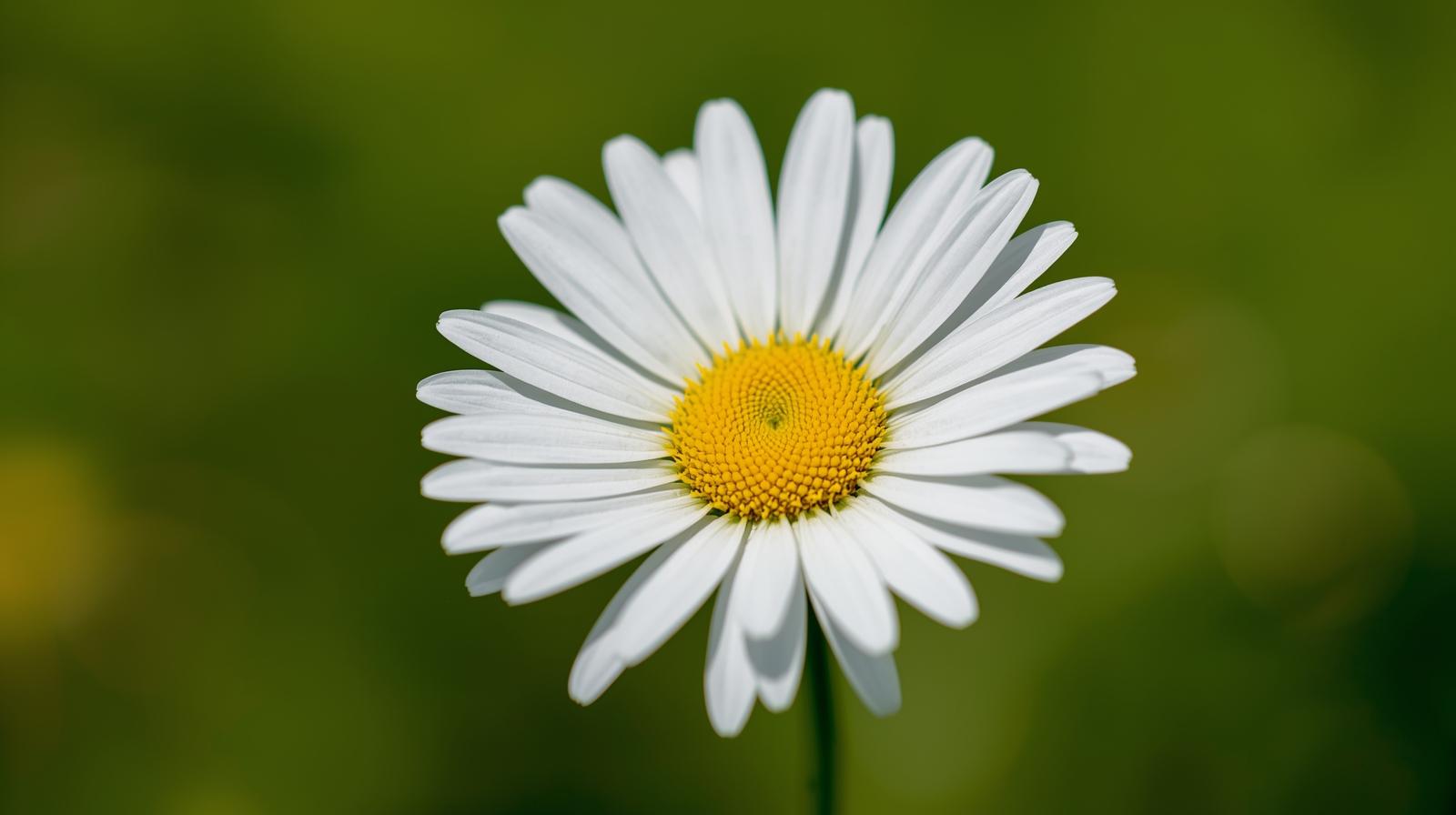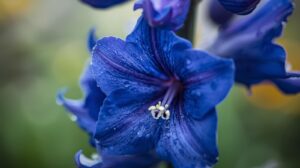Snowdrop Flower Meaning
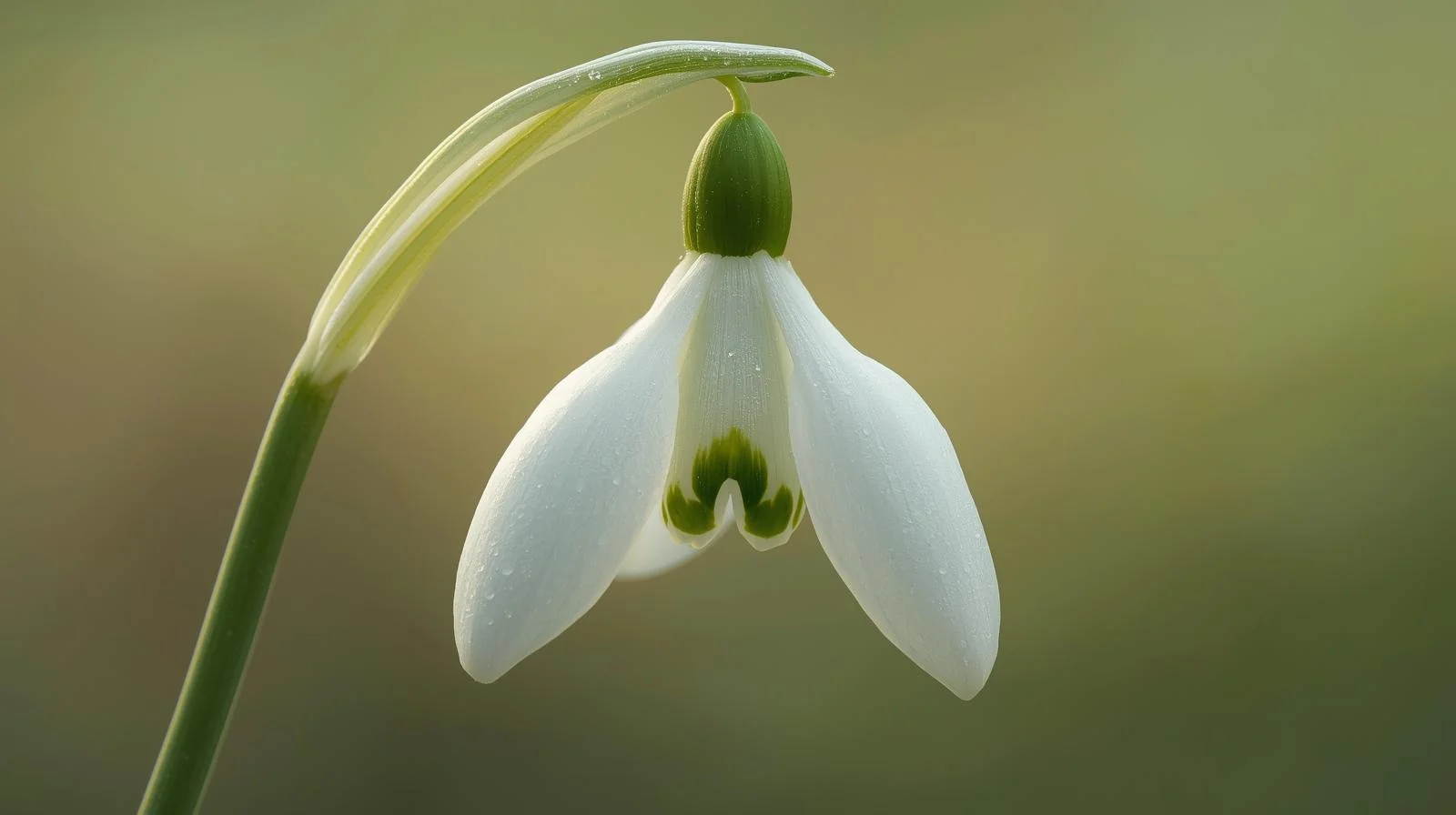
The Symbolism of Snowdrop Flowers: What They Represent
Snowdrop Flower Meaning, with their delicate white petals and unique drooping shape, are one of the earliest harbingers of spring. These enchanting blooms not only captivate our senses but also carry profound meanings and symbolism. Often associated with purity and hope, snowdrops emerge from the cold ground, symbolizing the end of winter and the arrival of brighter days. Their resilience in harsh conditions serves as a metaphor for renewal and the strength to overcome adversity.
- The Symbolism of Snowdrop Flowers: What They Represent
- Discovering the Meaning Behind Snowdrop Flowers
- Snowdrop Flower Significance: A Deep Dive into Its Symbolism
- Unraveling the Mysteries of Snowdrop Flower Meanings
- Snowdrop Flower Meaning: Emblems of Hope and Renewal
- The Cultural Significance of Snowdrop Flower Meaning
- Snowdrop Flower Meaning: Love, Purity, and New Beginnings
- Why Snowdrop Flowers are Symbols of Courage and Liberation
Discovering the Meaning Behind Snowdrop Flowers
Throughout history, snowdrops have been enveloped in rich symbolism. In various cultures, they are seen as a representation of rebirth and new beginnings. In the language of flowers, snowdrops convey messages of hope, innocence, and purity. They are often given as gifts to signify the promise of better times ahead or as a symbol of sympathy during difficult times. The snowdrop’s ability to bloom even in the frostiest conditions makes it a perfect emblem of endurance and the triumph of life over adversity.
| Symbolism | Meaning | Cultural Significance |
|---|---|---|
| Purity | Represents innocence and a fresh start. | Commonly associated with spring festivals. |
| Hope | Signifies optimism and the promise of warmer days. | Often used in memorials for its uplifting connotation. |
| Resilience | Emblematic of strength in the face of adversity. | Referenced in literature and art as a symbol of perseverance. |

Snowdrop Flower Significance: A Deep Dive into Its Symbolism
The significance of snowdrop flowers extends beyond their physical beauty. In Christianity, snowdrops are sometimes associated with the Virgin Mary, symbolizing her purity and the arrival of Jesus. In folklore, these flowers are often seen as a sign that spring is on its way, bringing with it a sense of joy and renewal. Their ability to bloom in snowy landscapes makes them a powerful reminder that beauty can emerge from hardship.
In addition, snowdrops have been used in traditional medicine, adding another layer to their significance. They contain galantamine, a chemical that has been researched for its potential benefits in treating Alzheimer’s disease. This medicinal aspect further enhances their symbolism of hope, as they represent the possibility of healing and recovery in both nature and human health.
In summary, snowdrop flowers are rich in symbolism, representing purity, hope, and resilience. Their early arrival in spring serves as a reminder that new beginnings are possible, even after the harshest winters. Whether given as a gift, used in traditional practices, or simply admired in gardens, snowdrops continue to inspire and uplift those who encounter them.
Unraveling the Mysteries of Snowdrop Flower Meanings
The snowdrop flower, known scientifically as Galanthus, is one of the first blooms to emerge in spring, often pushing through the snow to greet the warmer days ahead. This delicate flower is not only admired for its beauty but also carries profound meanings and symbolism across various cultures. Traditionally, snowdrops are seen as emblems of hope and renewal, signifying the end of winter and the promise of new beginnings. Their ability to bloom in harsh conditions makes them a symbol of resilience and courage, inspiring many to embrace transformation and growth in their own lives.
In addition to hope, snowdrops are often associated with purity and innocence due to their pristine white petals. In some cultures, they are regarded as harbingers of spring, symbolizing the rebirth of nature after the long, cold winter. The snowdrop’s ability to thrive in challenging environments serves as a reminder that, like these flowers, we too can overcome obstacles and emerge stronger.
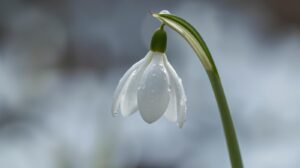
Snowdrop Flower Meaning: Emblems of Hope and Renewal
Snowdrop Flower Meaning often celebrated as powerful symbols of hope and renewal. In folklore, they are seen as a sign that spring is on its way, bringing with it the promise of warmer days and new life. This makes them particularly significant in regions where winter can be long and harsh. Their early bloom serves as a beacon of optimism, encouraging people to look forward to the brighter days ahead.
In the language of flowers, snowdrops convey messages of sympathy and consolation, making them appropriate gifts during times of loss or grief. They remind us that even in the darkest times, there is light and life waiting to emerge. This duality of hope and mourning makes the snowdrop a deeply meaningful flower in various emotional contexts, reinforcing its role as an emblem of renewal.
The Cultural Significance of Snowdrop Flower Meaning
Across different cultures, snowdrop flowers hold unique significance. In Christianity, they are often associated with the Virgin Mary, symbolizing purity and the arrival of spring. In many European countries, snowdrops are also linked to the celebration of Candlemas, a feast day that marks the midpoint between winter and spring. In Russia, they symbolize the end of winter and are celebrated as a sign of impending warmth.
Moreover, in ancient times, snowdrops were believed to possess protective qualities. It was customary to plant them near homes to ward off evil spirits and bring good fortune. These cultural associations highlight the snowdrop’s role not only as a natural wonder but also as a symbol deeply woven into the fabric of human belief and tradition.
| Symbolism | Meaning | Cultural Association |
|---|---|---|
| Hope | Represents new beginnings and the promise of spring | Common in various cultures, particularly in Europe |
| Purity | Signifies innocence and purity | Associated with the Virgin Mary in Christianity |
| Resilience | Symbolizes strength and the ability to thrive in adversity | Celebrated in folklore and stories of overcoming hardship |
| Sympathy | Conveys messages of consolation during difficult times | Used in floral arrangements for funerals and memorials |
In conclusion, Snowdrop Flower Meaning is much more than a simple bloom. Its meanings and cultural significance reflect the universal themes of hope, renewal, and resilience. As people around the world continue to appreciate the beauty of snowdrops, they also embrace the deeper messages these flowers represent, reminding us of the strength that lies within to face the challenges of life and emerge victorious.
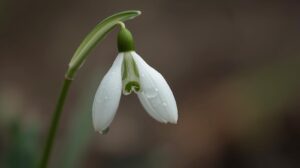
Snowdrop Flower Meaning: Love, Purity, and New Beginnings
Snowdrop Flower Meaning, scientifically known as Galanthus, is a delicate bloom that emerges at the end of winter, symbolizing the transition into spring. This early flower holds deep meanings associated with love, purity, and new beginnings. Its pristine white petals, often peeking through the snow, represent hope and the promise of renewal. The snowdrop’s ability to flourish in harsh conditions is a metaphor for resilience and the beauty of starting anew, making it a perfect emblem for fresh starts in relationships and life endeavors.
In the language of flowers, the snowdrop is often associated with the idea of rebirth and purity. When given as a gift, it conveys a message of profound love and devotion. The flower’s pristine appearance evokes feelings of innocence and sincerity, making it a popular choice for romantic occasions and celebrations of new beginnings, such as weddings or the arrival of a newborn. Its early bloom in the year also signifies the end of a long, cold season, inviting positivity and warmth into one’s life.
Why Snowdrop Flowers are Symbols of Courage and Liberation
Beyond their associations with love and new beginnings, snowdrop flowers also embody courage and liberation. These flowers are among the first to break through the frost, demonstrating an incredible tenacity. Their ability to thrive in the face of adversity serves as an inspiring reminder of the strength found in vulnerability. This quality makes snowdrops a symbol of courage, encouraging individuals to embrace their own struggles and emerge stronger.
Moreover, snowdrops are often associated with liberation because they herald the end of winter’s grip. As they bloom, they signal a release from the cold and darkness, inviting the warmth of spring and the freedom that comes with it. Just as the snowdrop pushes through the snow, individuals can find the courage to break free from their own constraints, celebrating personal growth and the journey toward self-discovery.
| Symbolism | Meaning | Occasions |
|---|---|---|
| Love | Represents deep affection and devotion | Weddings, Anniversaries |
| Purity | Signifies innocence and sincerity | New Beginnings, Baptisms |
| New Beginnings | Symbol of rebirth and fresh starts | Spring Celebrations, New Relationships |
| Courage | Embodies strength in the face of adversity | Personal Growth Events, Inspirational Gifts |
| Liberation | Represents the release from hardships | Life Changes, Overcoming Challenges |
In conclusion, Snowdrop Flower Meaning not only beautiful but also rich in meaning. They serve as symbols of love, purity, new beginnings, courage, and liberation. Whether used in floral arrangements or given as gifts, snowdrops convey messages of hope and resilience. Their early emergence in spring inspires us to embrace change and look forward to brighter days, making them a cherished flower in many cultures around the world.
The snowdrop flower symbolizes hope, purity, and the promise of new beginnings, as it often blooms in early spring when the snow is still melting.
Yes, snowdrop flowers are often associated with the arrival of spring and are commonly used in celebrations related to renewal and rebirth, such as Easter.
In various cultures, snowdrop flowers are seen as a sign of resilience and perseverance, representing the ability to thrive in harsh conditions, as they bloom even in cold weather.
Absolutely! Snowdrop flowers make thoughtful gifts, especially in springtime or for someone going through a difficult period, as they convey messages of hope and encouragement.
Yes, in some folklore, snowdrops are thought to be a symbol of protection and were believed to ward off evil spirits, making them a popular flower in various traditions.
